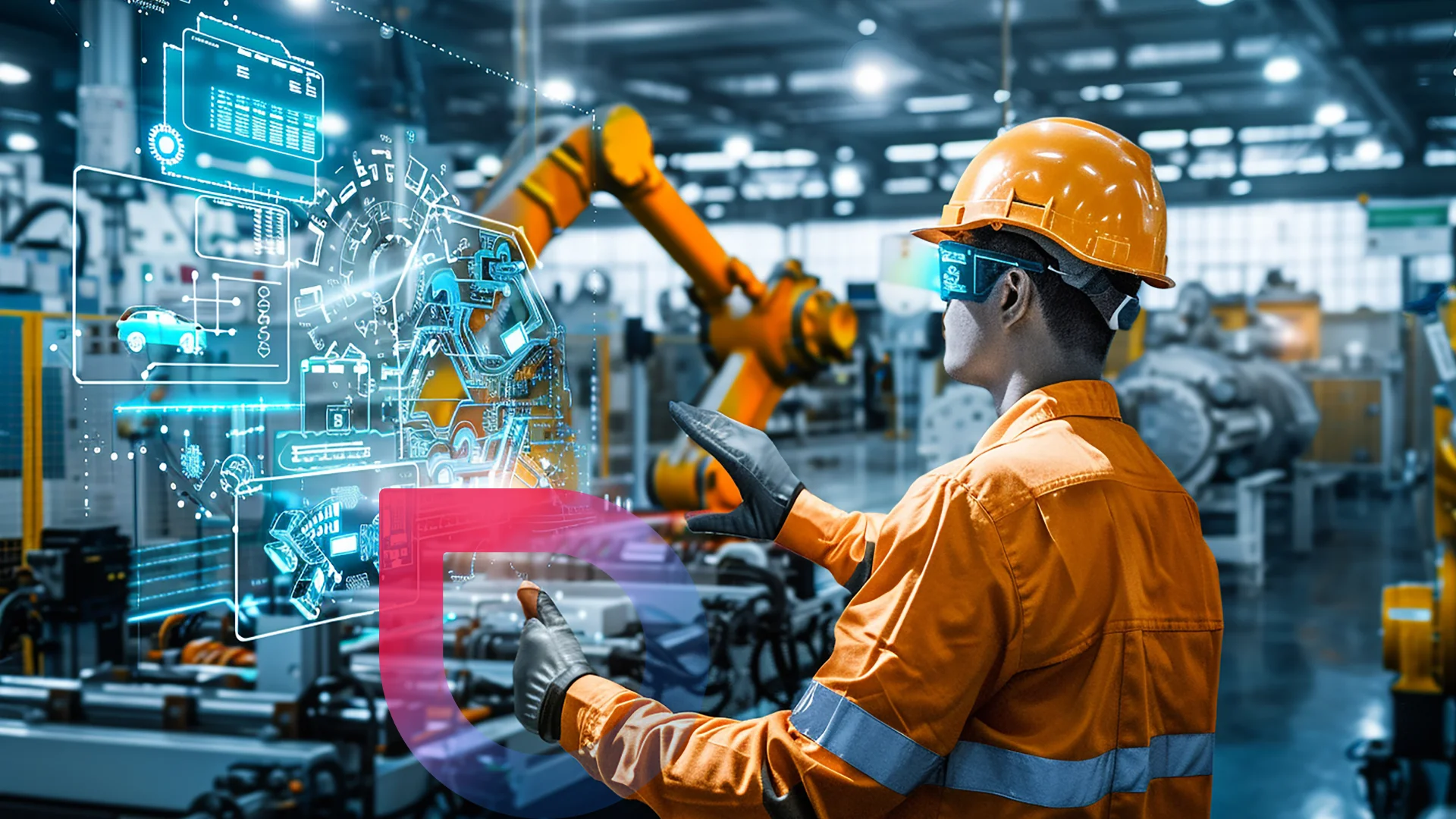How Small Businesses Can Leverage AI in Manufacturing?
Discover how small businesses can harness the power of AI in manufacturing to boost efficiency, reduce costs, and stay competitive with practical, affordable solutions.
Artificial Intelligence (AI) is often associated with big corporations and large-scale automation, but its benefits are increasingly accessible to small and medium-sized enterprises (SMEs)—especially in the manufacturing sector. Today, AI is no longer just a futuristic concept; it's a practical tool that small manufacturers can use to reduce costs, improve efficiency, and stay competitive in an increasingly digital world.
 adopt it early can gain a significant competitive edge—streamlining operations, enhancing quality, and meeting customer demands more quickly and
adopt it early can gain a significant competitive edge—streamlining operations, enhancing quality, and meeting customer demands more quickly and
In this blog, we’ll explore how small businesses can successfully implement AI in manufacturing, the key benefits, and real-world applications that are achievable even with limited budgets.
Why AI Matters for Small Manufacturers
The manufacturing industry is under constant pressure to innovate. Labor shortages, supply chain disruptions, rising material costs, and the need for greater customization demand new solutions. AI offers a way to address these challenges by enabling smarter decision-making, automating repetitive tasks, and enhancing overall productivity.
Key benefits include:
- Improved production efficiency
- Predictive maintenance
- Enhanced quality control
- Inventory optimization
- Workforce safety
- Cost reduction
Practical Applications of AI in Small-Scale Manufacturing
1. Predictive Maintenance
Rather than reacting to machine breakdowns, AI-powered sensors and algorithms can monitor equipment in real-time and predict failures before they happen. This reduces downtime, extends machine life, and saves on costly repairs.
Example: A small CNC machining shop can use IoT sensors and AI analytics to track vibration or temperature data and detect when a machine part is nearing failure
2. Quality Control with Computer Vision
AI-driven computer vision systems can inspect products faster and more accurately than the human eye. These systems learn from patterns and can detect defects, anomalies, or inconsistencies with high precision.
Example: A small packaging company can use low-cost cameras combined with open-source AI tools to automatically detect misaligned labels or damaged items on the production line.
3. Inventory and Supply Chain Management
AI can help forecast demand, manage stock levels, and reduce waste. By analyzing historical sales data and market trends, AI systems can optimize procurement and storage.
Example: A small manufacturer producing custom electronics can use AI to predict which components are needed for the next production cycle, avoiding excess inventory and reducing lead times.
4. Production Scheduling and Workflow Optimization
AI can optimize schedules by analyzing variables like machine availability, labor capacity, and supply timelines. This ensures maximum productivity and timely delivery.
Example: A family-run furniture factory can use AI scheduling tools to sequence jobs more effectively, taking into account wood availability, labor hours, and customer deadlines.
5. Energy Management
Manufacturing facilities often consume significant amounts of energy. AI can analyze energy usage patterns to identify inefficiencies and suggest cost-saving adjustments.
Example: A small metal fabrication shop might implement AI to track when machines are consuming the most power and adjust operations accordingly to reduce peak usage charges.
Affordable AI Tools for Small Manufacturers
You don’t need a massive budget or in-house data science team to get started. Here are some accessible options:
- Cloud-based AI platforms: Tools like Microsoft Azure AI, Google Cloud AI, and AWS Machine Learning offer scalable, pay-as-you-go models.
- Low-code/no-code platforms: Tools like Zapier, Make, and Microsoft Power Automate allow small businesses to integrate AI into workflows with minimal coding.
- Open-source AI: Libraries like TensorFlow, PyTorch, and OpenCV provide powerful capabilities at no cost.
- Off-the-shelf solutions: AI-driven ERP and MES software tailored for SMEs are becoming more common.
Challenges and Considerations
Implementing AI isn’t without hurdles. Here are a few considerations to keep in mind:
- Data Quality: AI relies heavily on clean, accurate data. Small businesses should start by collecting relevant production and operational data.
- Skills Gap: Partner with vendors or consultants if you lack in-house technical expertise.
- Integration: Ensure that AI solutions are compatible with your existing systems and workflows.
- Cost Justification: Begin with small, high-impact projects that can deliver quick wins and measurable ROI.
Getting Started: A Roadmap for Small Manufacturers
- Identify pain points: What are your most repetitive, error-prone, or costly processes?
- Start small: Pilot a single AI use case to test viability.
- Choose the right tools: Use platforms and software suited to your technical skill level and budget.
- Involve your team: Train and engage your staff to build AI literacy and ease adoption.
- Measure and iterate: Track performance and scale what works.
Conclusion
AI in Manufacturing is not just for big players anymore. Small manufacturers who adopt it early can gain a significant competitive edge, streamlining operations, enhancing quality, and meeting customer demands more quickly and efficiently. With affordable tools and the right strategy, even the smallest shop can start reaping the benefits of artificial intelligence today.